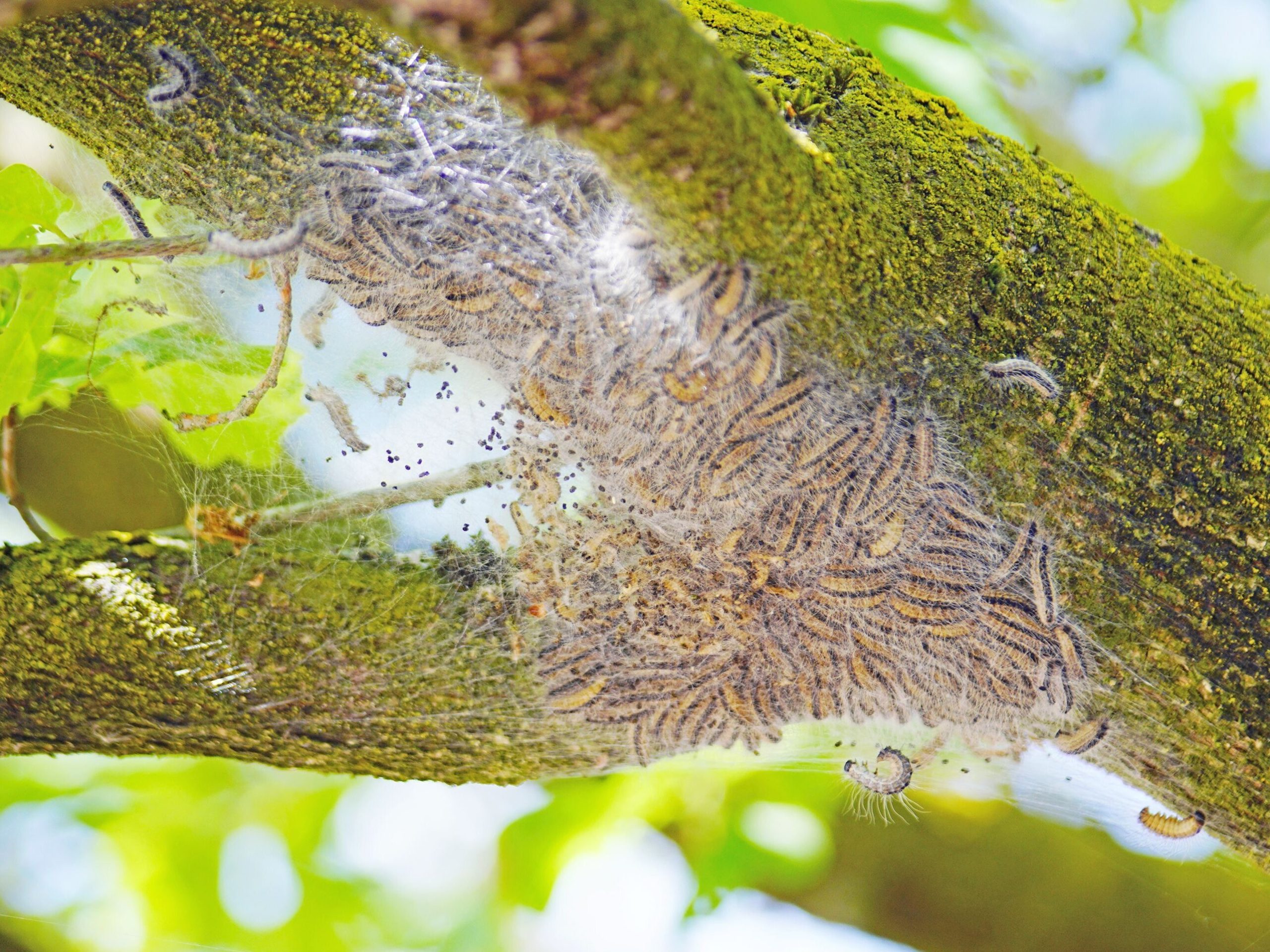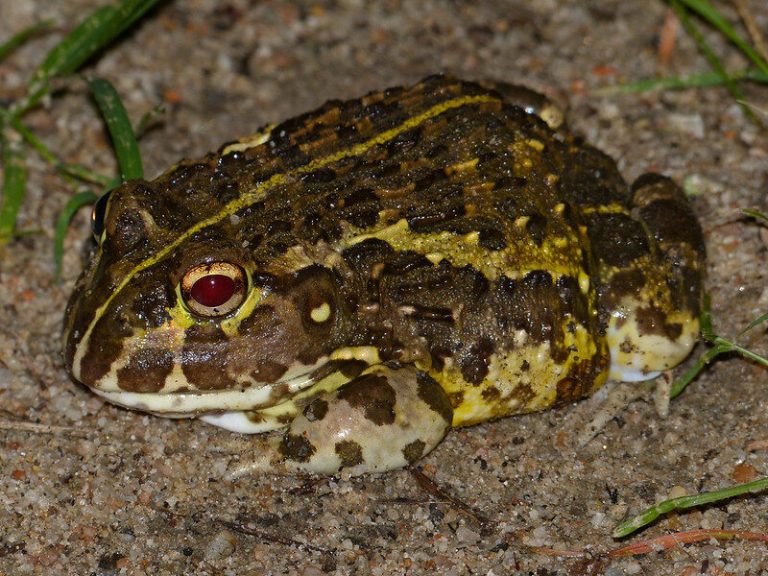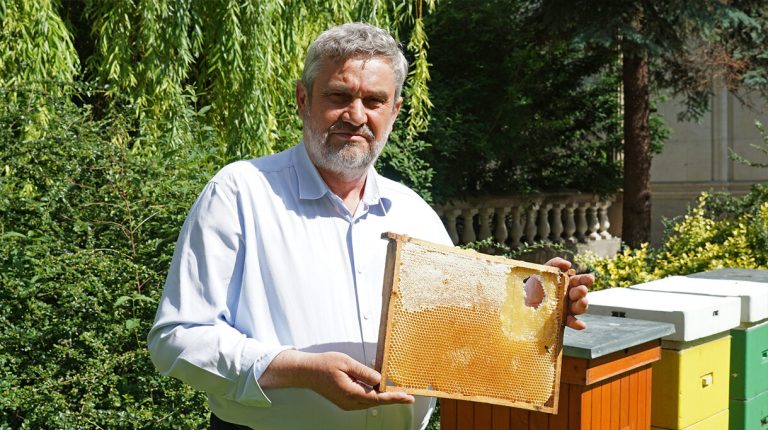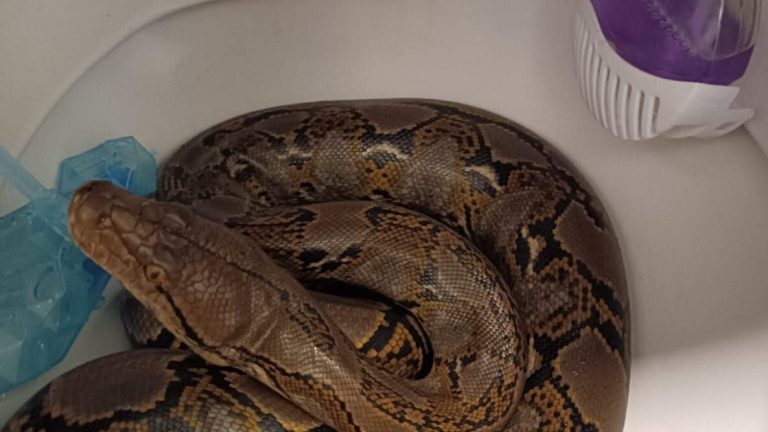Dangerous insects in Polish forests. They appeared in the next place

Holidays are a time when many people relax in the bosom of nature, including: in forests. It turns out that this form of recreation can be dangerous if we come across the caterpillars of the oak beetle. Contact with them may result in unpleasant symptoms. How to recognize these insects?
Caterpillars of the oak processionary moth have recently been seen in Greater Poland – informed the State Forests. It is a species of thermophilic night butterfly. Its females lay eggs in oak trees in late autumn, and the insects become active in May. Caterpillars appear and live in larger colonies until pupation.
Caterpillars can be found not only on the leaves of oak trees, but also on ash, beech, chestnut, birch, plum, hazel and willow trees. They are active at night when they feed. “After dark, they wander in a regular procession along the trunks and branches,” foresters say. One tree can contain up to 100,000. caterpillars.
Dangerous hairs on the caterpillars
Young processions can be dangerous to humans and animals. The caterpillars are covered with poisonous hairs. Each larva has about 60,000 stinging 2 mm hairs. They serve to protect against enemies. When a pageant feels threatened, it can shoot hairs into the air. These, carried by the wind, can fly up to several kilometers. Their main “weapon” is a stinging fluid called thaumetopoein. “After contact with the skin or eyes, this substance may cause unpleasant allergies and irritations, and often also symptoms hazardous to health,” we read on the State Forests website.
What to do after contact with the oak procession beetle?
Even more dangerous is direct contact with the insect, which can cause a number of unpleasant symptoms, such as dizziness, fever, asthma attacks and allergic reactions. Vomiting and rash may also occur. Processions are also dangerous to pets.
What to do if you come into contact with an oak moth caterpillar? Foresters advise:
-
Remove any clothes that may contain harmful hair (wash them at least 60 degrees!)
-
If the hairs are directly on the skin, remove them with adhesive tape. Simply place the sticky side against any areas where the track hairs may be present and peel off. If necessary, repeat the operation several times, changing pieces of tape.
-
Wash irritated areas with lukewarm water.
-
Do not scratch or rub allergic lesions on your skin.
-
If caterpillar hairs get into your eyes or cause a severe allergic reaction, see a doctor as soon as possible!
Although cases of burns caused by a procession beetle are not common, caution is recommended. This applies especially to people who visit forests in Greater Poland, where the occurrence of procession caterpillars has recently been confirmed.
Foresters try to limit the occurrence of the procession beetle by spraying. Despite this, insects have been multiplying rapidly for 10 years. They are favored by natural conditions: high temperatures and little rainfall at the beginning of summer.






